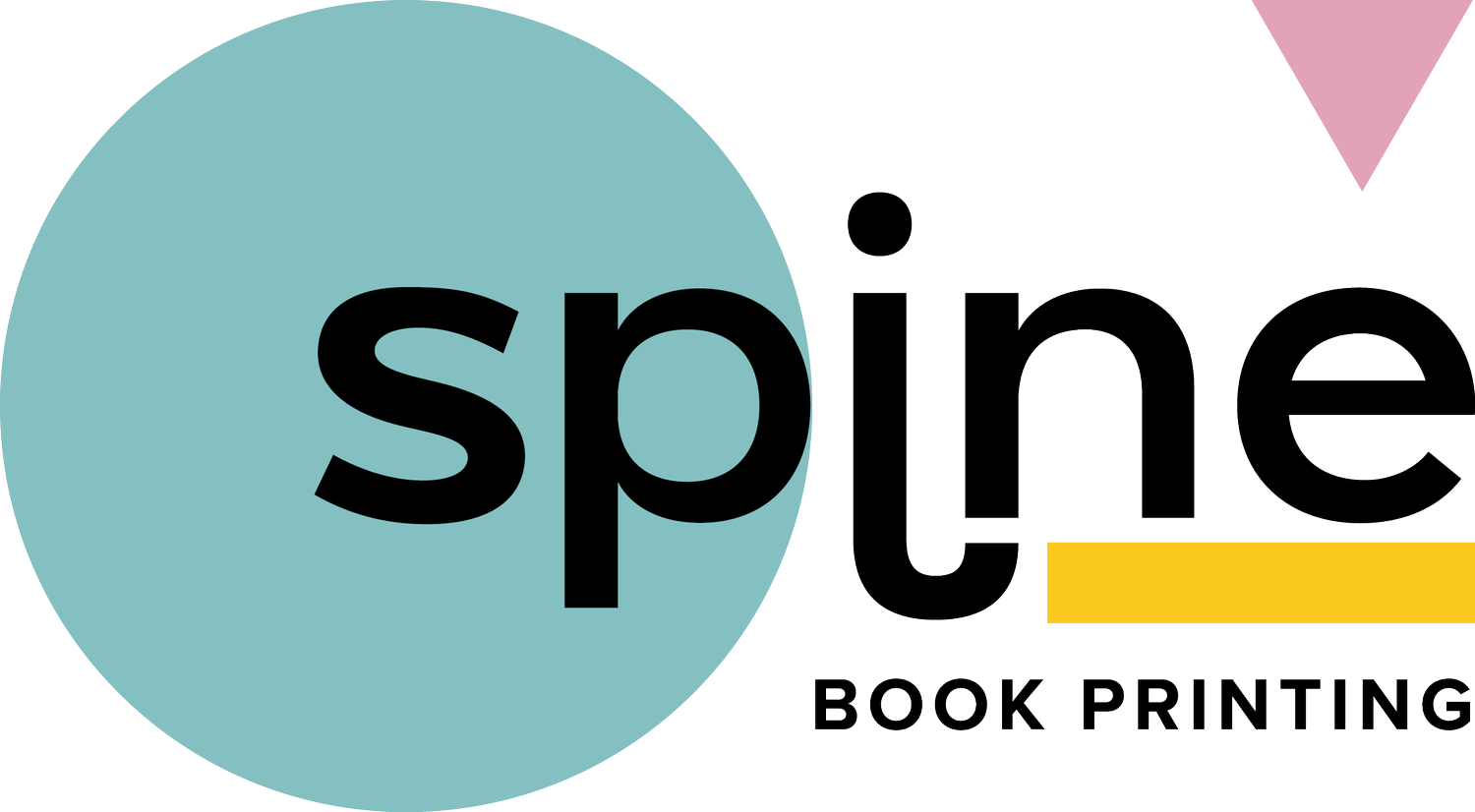Print-Ready Problems: Fixing Issues Before Submission
Ensuring that your book files are print-ready is a bit like making sure a cake mix is perfect before it goes in the oven. Imagine spending hours crafting a brilliant manuscript only to encounter avoidable issues at the final hurdle. Preparing print-ready files is key to a smooth publishing journey. This process involves perfecting every detail of your book’s appearance to ensure it matches your vision when printed. Paying attention to this phase can prevent potential printing hiccups, saving you both time and frustration.
But what exactly does it mean to have print-ready files? Common issues like incorrect formatting, layout problems, or resolution discrepancies can lead to a less-than-perfect final product. Just as adding too much baking powder can spoil a cake, small errors in file preparation can derail your publishing dreams. By identifying and fixing these issues ahead of time, you can focus on bringing your story to the audience without worrying about technical setbacks.
Common Print-Ready Issues
Publishing a book involves myriad details, and several common problems can arise when preparing files for print. Understanding these will guide you in delivering a seamless and professional finish.
1. Incorrect Formatting and Layout Problems
- Incorrect page sizes or margins are frequent issues that can lead to a book looking unbalanced. Double-check your document’s settings to ensure they match your chosen print specifications.
- Alignment problems are another headache. Misaligned text or images can disrupt the flow and make the book hard to read.
2. Resolution and Color Discrepancies
- Resolution matters, particularly for images. Low-resolution files can appear blurry in print. Make sure all images meet the required DPI for crisp visuals.
- Color modes can cause discrepancies too. While screens display colours in RGB, printed materials often require CMYK. Convert your colour profile accordingly to avoid unexpected shifts in hues.
3. Font and Text Issues
- Misusing fonts can lead to messy typography. Stick to a few fonts to maintain consistency, and ensure all necessary fonts are embedded in your file to avoid substitution problems.
- Check for text that is too close to the edges. Ensure there’s adequate margin space to maintain readability and a professional appearance.
Addressing these common issues before submission can streamline your printing process, prevent unnecessary delays, and help your publication shine.
How to Troubleshoot Your Files
Once you’ve identified potential issues, the next step is to fix them. Troubleshooting involves a systematic approach to resolving these problems before your files head to the printer. Here’s a simple guide to get you on the right track:
1. Fixing Formatting and Layout Issues
Double-check your document settings. Make sure your page size aligns with your chosen print dimensions. If things seem off, revisit your layout settings to adjust margins and spacing. Always preview your document to catch any alignment slip-ups. Keep elements aligned and ensure consistency across all pages.
2. Ensuring Proper Resolution and Colour Profiles
For crisp images, ensure they’re of high resolution. Aim for at least 300 DPI. Use tools to resize images without compromising quality. When it comes to color, convert your files from RGB (screen display) to CMYK (print) to match printing standards. Software like Adobe Acrobat or your design program’s preflight tool can help in verifying these elements.
3. Correcting Font and Text Problems
Use consistent fonts across your document. To avoid font substitution, make sure to embed all fonts within your file before submission. Keep text clear of the page edges to maintain a neat layout. Use the ‘Preflight’ option in design software to check for text issues and resolve them before moving forward.
Tools and Resources for Ensuring Print-Readiness
Having the right tools can make the print preparation process easier. Consider these resources to help polish your files:
- Adobe Acrobat and Preflight Tools: Great for checking and fixing potential issues within PDF files, these tools offer an easy way to ensure all elements are print-ready.
- Online Tutorials and Courses: Websites like LinkedIn Learning or Skillshare offer courses that guide you through the ins and outs of preparing print-ready documents, perfect for beginners needing a refresher.
- Working with Professionals: Sometimes, the best solution is to consult with a professional printing company. Leveraging their expertise can save you time and catch issues you might miss.
A Final Checklist Before Submission
Before sending off your files, running through a final checklist ensures that nothing is overlooked. Here are crucial points to cover:
- Verify all document settings such as dimensions, margins, and bleed.
- Confirm all images are high-resolution and in CMYK format.
- Check fonts are consistent and embedded.
- Run spell checks and grammar reviews for text accuracy.
- Carry out a final visual inspection, either digitally or by printing paper proofs.
By ticking off these points, you can confidently send your files knowing they’re prepared for the printing process.
A Smart Move for Flawless Prints
Engaging a professional service can add a layer of assurance to your publishing project. Whether it's troubleshooting technical issues or ensuring the final layout is perfect, professionals offer insights and expertise that can simplify the process. By trusting experienced hands, you can bring your vision to life with minimal stress, knowing that every page will meet your expectations. With all these steps in place, you're well on your way to making your printed book reflect the passion and effort poured into creating it.
To take your manuscript to the final stage of its journey, it's important to ensure it's ready for self-published book printing. Spine Book Printing can help you bring that well-crafted narrative to life with a variety of formats, such as a paperback novel. With the support we've got lined up, your story will be printed to perfection and ready to wow your readers.

